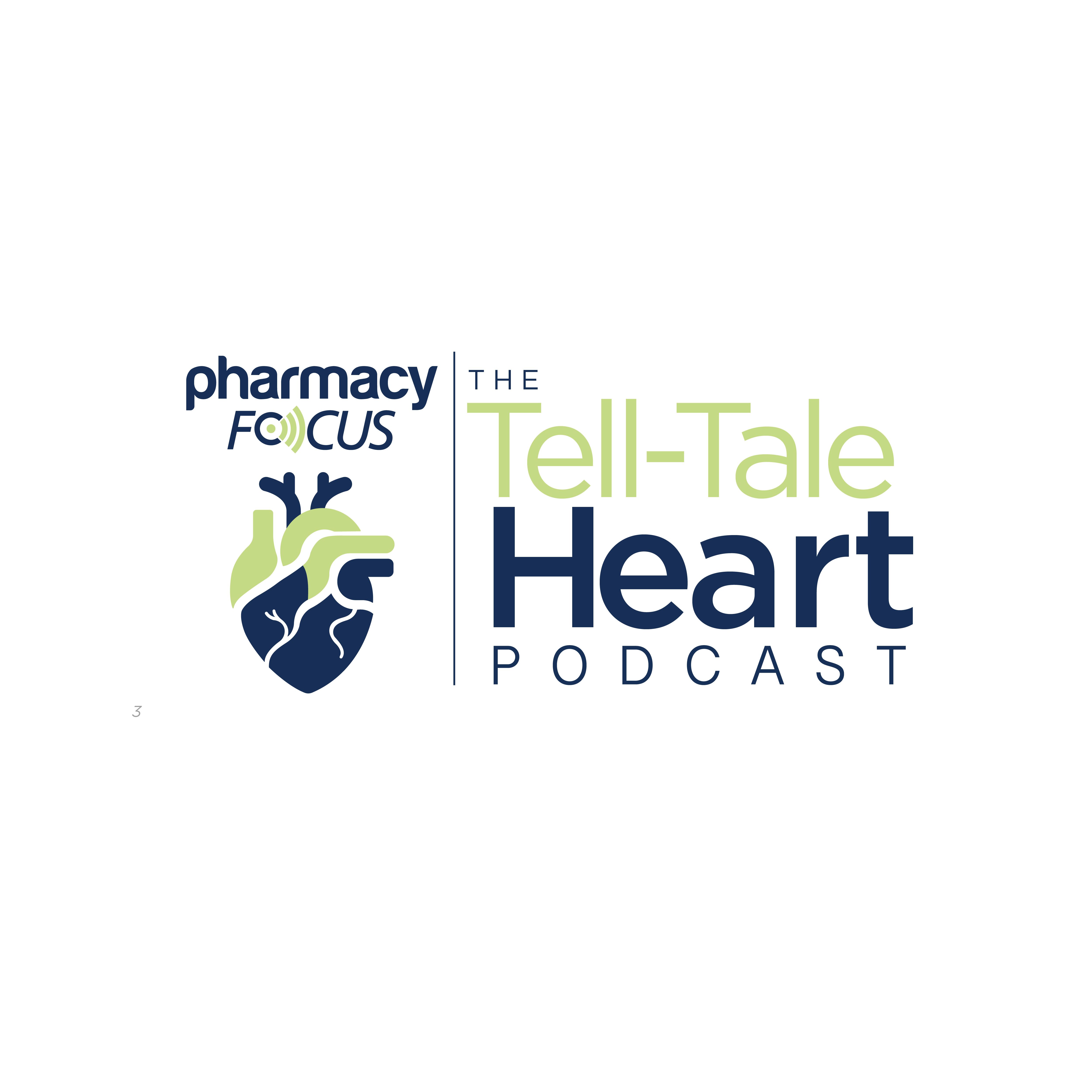News
Article
ACC 2025: Intravenous Iron Safe, but Results in Mixed Findings for Patients With Heart Failure
Author(s):
Key Takeaways
- Intravenous iron supplementation in HFrEF patients is safe but shows mixed efficacy, with no significant reduction in primary cardiovascular endpoints.
- FAIR-HF2 trial participants receiving IV iron reported improved quality of life, especially in the first year with higher doses.
Patients in the treatment group had a 21% lower risk of cardiovascular death or first heart failure hospitalization overall, but the between-group difference did not meet the threshold for statistical significance for this primary end point.
Among patients with iron deficiency and heart failure with reduced ejection fraction (HRrEF) who received intravenous (IV) iron supplementation, the treatment was found to be safe but results in mixed findings, according to new data presented at the American College of Cardiology (ACC) 2025 Scientific Session.1
“Based on the totality of evidence that is now available, we can with certainty say that intravenous iron therapy at the doses given in FAIR-HF2 and other recent trials is safe,” Anker said.
Image credit: marvent | stock.adobe.com

HFrEF occurs when the heart is too weak to effectively pump blood throughout the body, and iron deficiency is common in this population. It is also associated with wore heart failure outcomes in addition to symptoms such as fatigue, weakness, and shortness of breath.2
Treatment of anemia in patients with heart failure using erythropoiesis-stimulating agents has been evaluated, but this approach did not improve outcomes and was associated with a higher risk of adverse events. Iron replacement is appropriate in patients with anemia resulting from absolute iron deficiency, in which total body iron is decreased, it is unclear whether and how absolute or functional iron deficiency should be treated in nonanemic patients with heart failure.2
The data presented at the 2025 ACC Scientific Session are from the FAIR-HF2 trial, which enrolled 1105 patients with HFrEF across 70 centers in 6 countries. All patients had iron deficiency at baseline, defined as a blood ferritin level of less than 100 ng/mL or a blood ferritin level of 100 ng/mL to 299 ng/mL with transferrin saturation (TSAT) of less than 20%. Approximately two-thirds of participants were men, and the median age was 70 years. Most patients were taking standard heart failure medications and many also had cardiovascular risk factors and comorbidities such as hypertension, diabetes, or coronary artery disease.3
Half of the study participants were randomly assigned to receive IV iron supplementation while half received IV saline. Those randomized to iron supplementation received an initial dose of 1000 mg to 2000 mg ferric carboxymaltose, with the amount and timing dependent on body weight and baseline hemoglobin. Following an initial dose, participants received 500 mg of IV iron every 4 months for an average follow-up of 21 months.3
Findings demonstrated that patients in the treatment group had a 21% lower risk of cardiovascular death or first heart failure hospitalization overall, but the between-group difference did not meet the threshold for statistical significance for this primary end point. The 2 other primary end points—total rate of heart failure hospitalization (including first hospitalization and readmission) and the time to first event of cardiovascular death or heart failure hospitalization among the subgroup of patients with TSAT below 20% at baseline—also did not reach statistical significance despite nominal reductions of 20% and 21%, respectively, among those receiving IV iron supplementation.3
Because the initial dose of iron supplementation was higher than subsequent doses, the average total iron received among those in that treatment arm was 2040 mg in the first year, 925 mg in the second year, and 750 mg in the third year. This variation likely influenced the outcomes for the primary end points, which demonstrated larger between-group differences at 1 yar compared with 2- and 3-year timepoints.3,4
“Intravenous iron was particularly useful in the first year, when the highest dose of iron was given. This suggests that there is a meaningful association between the amount of iron given and the benefit,” said Stefan D. Anker, MD, a heart failure cardiologist at Charité-Universitätsmedizin Berlin in Germany and the study’s first author.
Patients receiving iron supplementation also reported significant improvements in quality of life compared to those receiving saline, as assessed with questionnaires measuring health-related quality of life and perceived well-being. However, the results showed no significant difference between groups in terms of safety outcomes, including all-cause mortality, cardiovascular mortality, or infections at 3 years.3
Because the FAIR-HF2 trial only included individuals with HFrEF, additional research is needed to determine whether IV iron supplementation also benefits individuals with heart failure with preserved ejection fraction. Additionally, based on the results of the meta-analysis, it will be important to better understand differences in the cardiovascular benefits of IV iron supplementation in women versus men.
“If we take the totality of evidence from this new trial, which is in line with the previous studies, and take all of the data together in a meta-analysis, it confirms what we have in the current guidelines, namely that intravenous iron for patients with HFrEF is useful,” Anker said. “It has a positive effect on symptoms and quality of life—you feel better, and you function better—and you also get an added bonus in terms of reducing cardiovascular events and heart failure hospitalizations, particularly in the first year after the start of treatment.”






